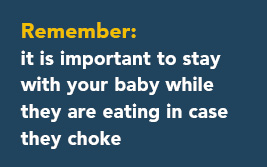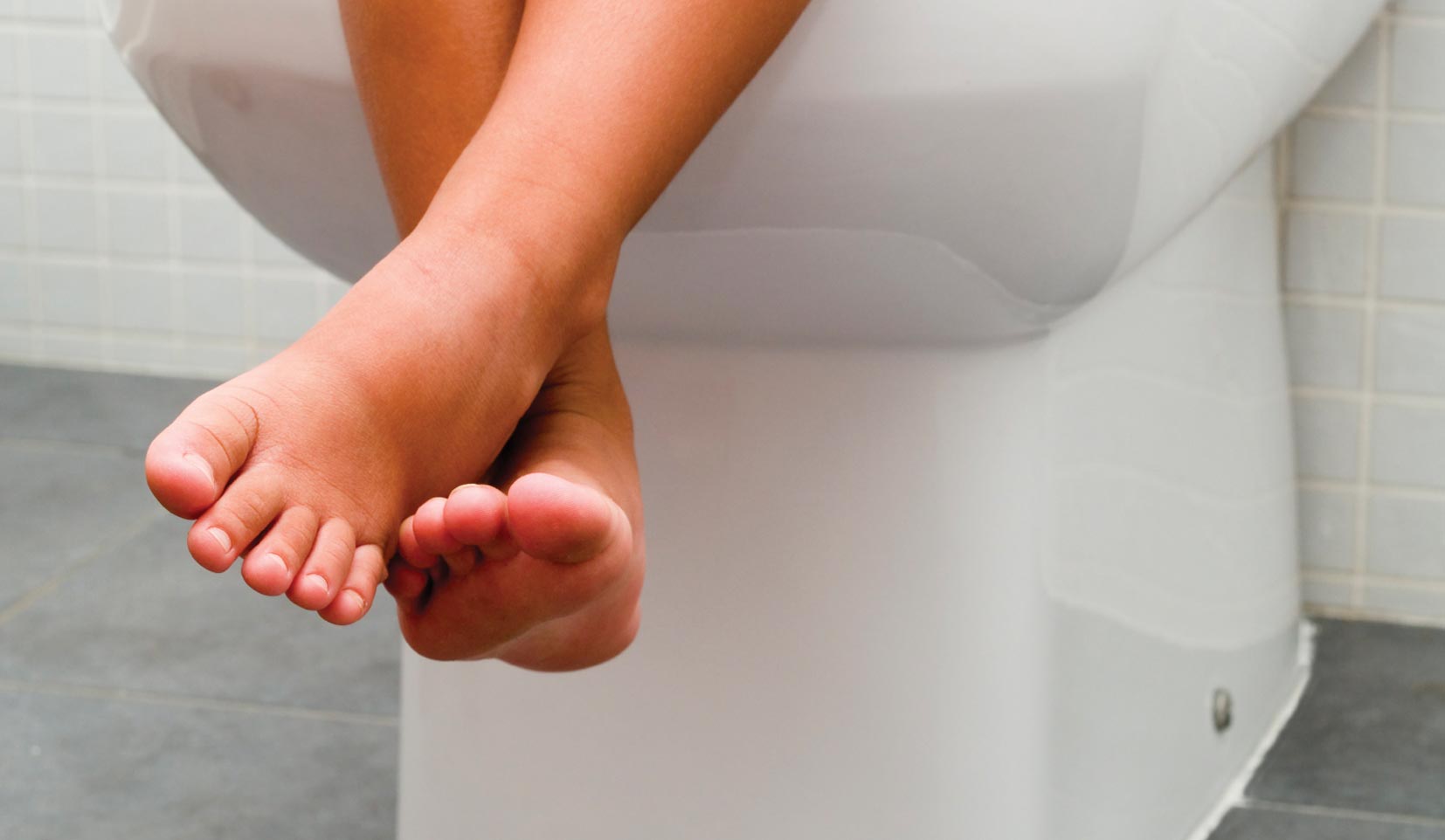
A Guide to Teething
Signs, symptoms and pain relief
Most babies start teething around 6 months of age, although every baby is different and some may start earlier. Teething symptoms also differ between babies.

When teeth are coming through, applying pressure to the gum is comforting. Teething rings are a safe option that may ease your baby’s discomfort. Some teething rings can be placed in the fridge (but never the freezer) to provide a soothing coolness.
A number of teething gels are available; some contain a mild local anaesthetic. This may help to numb any pain or discomfort. It is important to ensure that any teething gels are suitable for the age of your child. If you feel your baby needs pain relief, there are sugar-free painkilling medicines available for babies and young children. Always follow the instructions carefully.
If your baby is 6 months or older, you can give them healthy foods to chew on, such as raw fruit and vegetables. Pieces of peeled apple or sticks of carrot work well. You could also try giving your baby a crust of bread or a breadstick.
 Another way to help your baby through teething is by regularly wiping their face to prevent a rash or soreness if they are dribbling. Distracting your baby by comforting
them or playing may also help to take their mind off their discomfort.
Another way to help your baby through teething is by regularly wiping their face to prevent a rash or soreness if they are dribbling. Distracting your baby by comforting
them or playing may also help to take their mind off their discomfort.
Caring for your baby’s new teeth
You can start brushing your baby’s teeth with a fluoride toothpaste and baby toothbrush as soon as their first milk teeth appear. At this stage, it’s mostly about making tooth brushing part of their daily routine.
More key stage guides...









